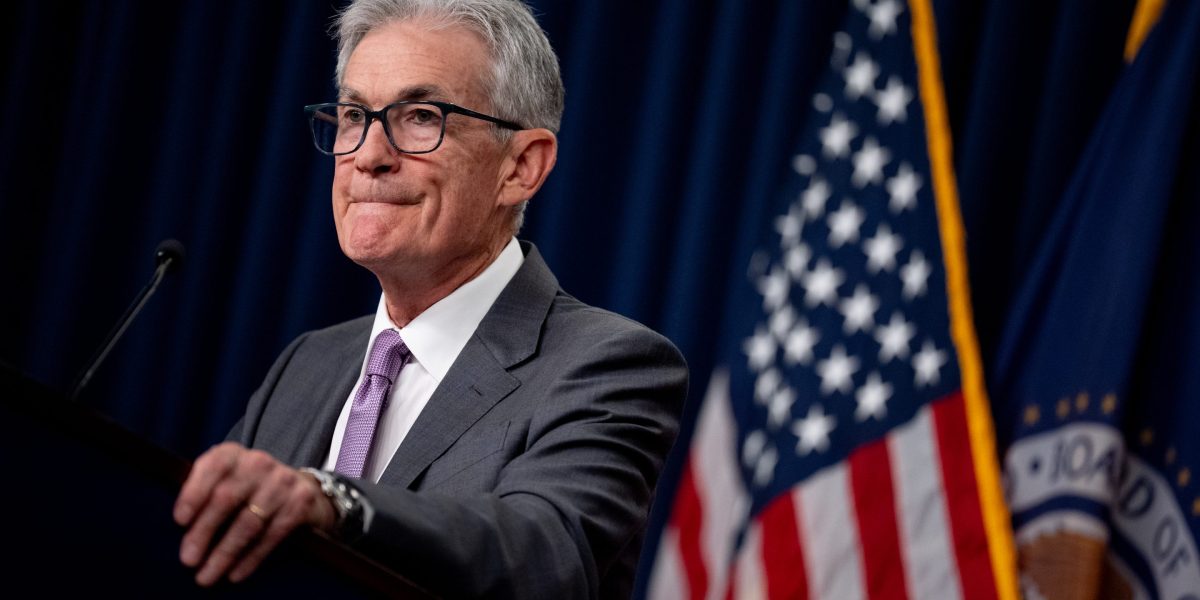The Federal Reserve may have finally locked in a September interest rate cut, its first since March 2020—at least according to most economists and professional investors.
To be more specific, the “vast majority” of Fed officials said it will “likely” be appropriate to cut interest rates in September, the minutes from July’s Federal Open Market Committee (FOMC) meeting showed Wednesday. However, there was a provision added to that outlook which emphasized that upcoming economic data will need to continue to “come in about as expected.”
Despite the caveat and use of the term “likely,” most experts took Fed officials’ comments in their July meeting as evidence that an interest rate cut is now guaranteed in September.
Stephen Brown, deputy chief North America economist at Capital Economics, said in a Wednesday note to clients, in his view, the Fed minutes “confirm” a September rate cut is coming.
Brown noted that the FOMC minutes, which detail Fed officials’ discussions on July 30 and July 31, took place before a weak July jobs report triggered a recession indicator called the Sahm Rule on August 2, leading to increasing concerns about labor market weakness. That means Fed officials have only received more evidence of the need to cut rates since their July meeting.
Jamie Cox, managing partner at Harris Financial Group, a Richmond-based wealth management firm, is even more sure the Fed’s easing cycle is coming. “The Fed minutes removed all doubt about a September rate cut,” Cox told Fortune via email. “The Fed’s communication strategy is to make its meetings less of a market moving event, and they are following the script to the letter.”
His dovish take comes after members of the FOMC expressed their “confidence” that inflation is moving “sustainably” toward their 2% target in their July meeting, removing the need to keep rates elevated.
“Almost all participants observed that the factors that had contributed to recent disinflation would likely continue to put downward pressure on inflation in coming months,” the minutes state.
“Many” Fed officials noted in July that the Bureau of Labor Statistics data for payroll gains “might be overstated” as well, meaning the labor market has been weaker than previously estimated—and, again, paving the way for lower rates.
It seems FOMC members were aware—as Fortune reported prior to the release of July’s minutes—that the BLS would soon revise its payroll data much lower. That revision came Wednesday, when the BLS revealed the U.S. economy created 819,000 fewer jobs than previously reported between March 2023 and March 2024.
“Today’s BLS report indicating, on a preliminary basis, that labor market strength is weaker than projected by monthly reports, helps underpin the futures market assessment that the Fed will cut rates when it meets on September 18,” Quincy Krosby, chief global strategist at LPL Financial, told Fortune of the data via email.
While recent payroll revisions, and the July FOMC minutes, indicate a rate cut is likely locked in for September, the debate over just how big that rate cut will be still rages on.
Most experts expect the Fed to be cautious and opt for a 25 basis point rate cut after retail sales rebounded in July, signaling the economy remains relatively robust. Multiple Fed officials have warned that cutting interest rates prematurely could lead to a resurgence of economic growth and inflation.
“While the weak July Employment Report released since then might cause some Fed officials to lean toward a 50 bp move, for now we judge that a 25 bp cut remains the most likely outcome,” Capital Economics’ Brown wrote.
“It would probably take a further deterioration in the August Employment Report as well as signs of broader economic weakness to trigger a larger 50 [basis point] cut next month,” he added.
After the Fed’s dovish minutes, it appears all eyes are now on August’s jobs report for evidence of the need for more aggressive rate cuts. “Should the next payroll report come in softer than already modest expectations, and should the unemployment rate tick higher yet again, markets, and the Fed itself, will have to consider whether 50 basis points is required,” LPL Financial’s Krosby said.
Bond traders are now pricing in a 36.5% chance of a 50 basis point rate cut in September, according to CME Group’s FedWatch tool. That’s up from 32.5% before the release of the FOMC minutes, and 22.5% on Monday.
July’s FOMC minutes will also put Fed Chair Jerome Powell’s Friday Jackson Hole speech front-and-center, according to Nationwide senior economist Ben Ayers, who said Powell will have the chance to “clarify” the Fed’s seemingly dovish outlook.
“While [the Fed Chair] won’t confirm the size of a rate decline, it’s likely that he will signal an imminent shift to policy easing in his comments,” Ayers said in emailed comments to Fortune.

